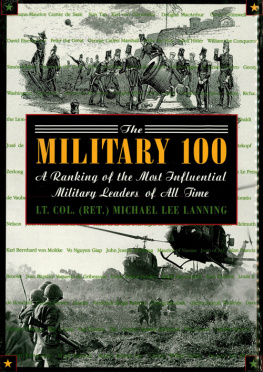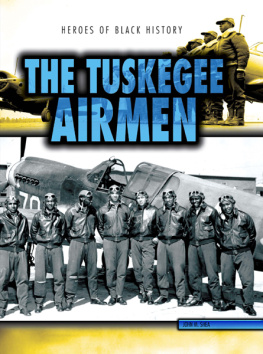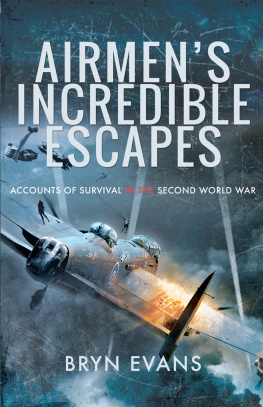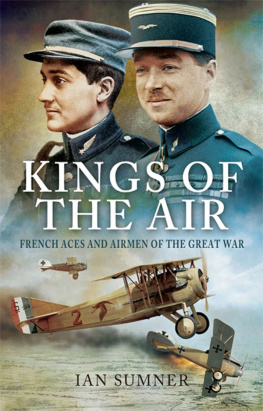Michael Lee Lanning - The Blister Club: The Extraordinary Story of the Downed American Airmen Who Escaped to Safety in World War II
Here you can read online Michael Lee Lanning - The Blister Club: The Extraordinary Story of the Downed American Airmen Who Escaped to Safety in World War II full text of the book (entire story) in english for free. Download pdf and epub, get meaning, cover and reviews about this ebook. City: Guilford, year: 2021, publisher: Stackpole Books, genre: History. Description of the work, (preface) as well as reviews are available. Best literature library LitArk.com created for fans of good reading and offers a wide selection of genres:
Romance novel
Science fiction
Adventure
Detective
Science
History
Home and family
Prose
Art
Politics
Computer
Non-fiction
Religion
Business
Children
Humor
Choose a favorite category and find really read worthwhile books. Enjoy immersion in the world of imagination, feel the emotions of the characters or learn something new for yourself, make an fascinating discovery.

- Book:The Blister Club: The Extraordinary Story of the Downed American Airmen Who Escaped to Safety in World War II
- Author:
- Publisher:Stackpole Books
- Genre:
- Year:2021
- City:Guilford
- Rating:5 / 5
- Favourites:Add to favourites
- Your mark:
The Blister Club: The Extraordinary Story of the Downed American Airmen Who Escaped to Safety in World War II: summary, description and annotation
We offer to read an annotation, description, summary or preface (depends on what the author of the book "The Blister Club: The Extraordinary Story of the Downed American Airmen Who Escaped to Safety in World War II" wrote himself). If you haven't found the necessary information about the book — write in the comments, we will try to find it.
During World War II, some 10,000 American bombers and fighters were shot down over Europe. Of the crews aboard, 26,000 men were killed, while 30,000 survived being shot down only to be captured and made prisoners of war. Against the longest of odds, nearly 3,000 airmen made it to the ground alive, evaded capture, and escaped to safety. These men proudly called themselves the Blister Club.
Drawing on tens of thousands of pages of mostly untapped documents in the National Archives, Michael Lee Lanning tells the story of these courageous airmen. They had received escape-and-evasion (E & E) training, and some were lucky enough to land with their E-&-E kitsbut all bets were off once they hit the ground. They landed after an air catastrophe. The geography was usually unfamiliar. Civilians might or might not be trustworthy. German soldiers and Gestapo agents hunted down airmen as well as civilians who dared help them. If an airman abandoned his uniform for civilian garb, he forfeited Geneva Convention protections. Most faced the daunting task of escaping on foot across hundreds of miles. The fortunate connected with one of the established escape routes to Spain or Switzerland or across the English Channel, or they hooked up with the underground resistance or friendly civilians. Upon return to friendly lines, these men were often able to provide valuable intelligence about enemy troop dispositions and civilian morale. Many volunteered to fly again even though regulations prohibited it.
The Blister Club is history with a punch. With a historians eye, Lanning covers the hows and whys of escape-and-evasion and aerial combat in the European theater, but the book also vividly captures the stories of the airmen who did the escaping and evading, including that of a young pilot named Chuck Yeager, who, during his own escape, aided the French Resistance and helped another downed airman to safetyand then begged to fly again, eventually securing Eisenhowers approval to return to the air, where he achieved ace status.
Stories of escape are popular, especially those set during World War II, as are stories of the war in the air. Combining both of these, The Blister Club should find an enthusiastic audience.
Michael Lee Lanning: author's other books
Who wrote The Blister Club: The Extraordinary Story of the Downed American Airmen Who Escaped to Safety in World War II? Find out the surname, the name of the author of the book and a list of all author's works by series.












